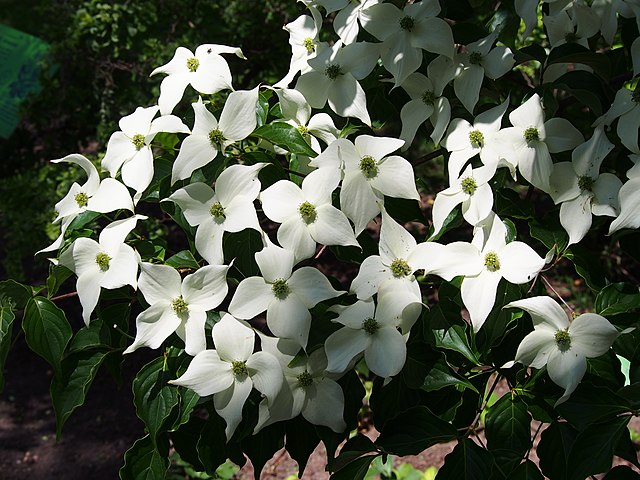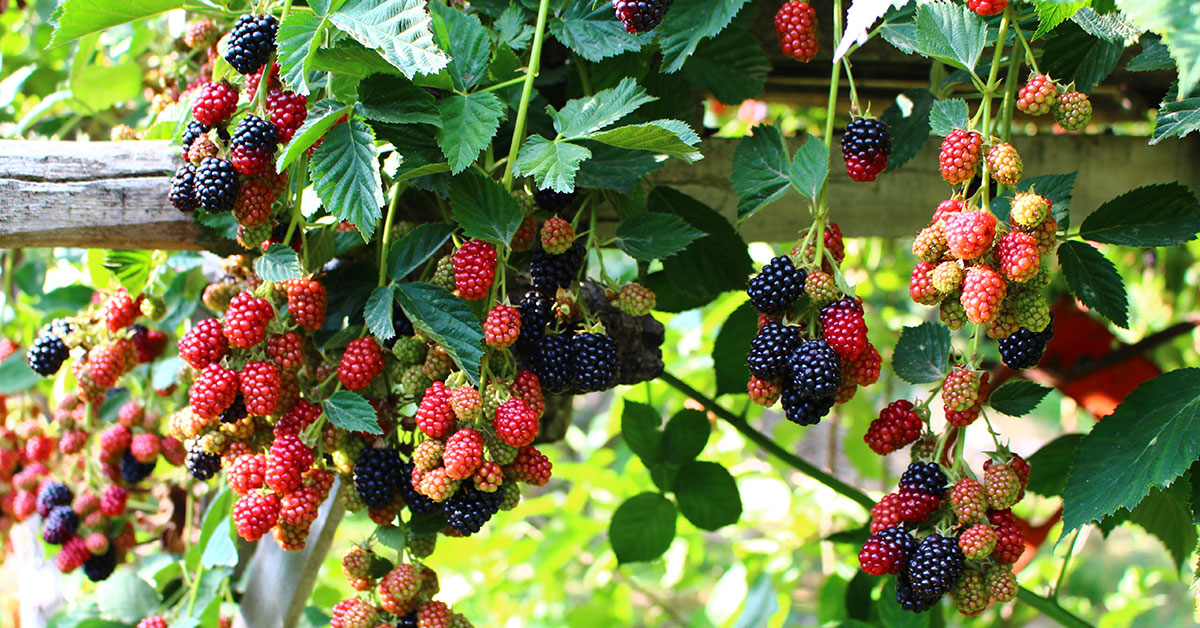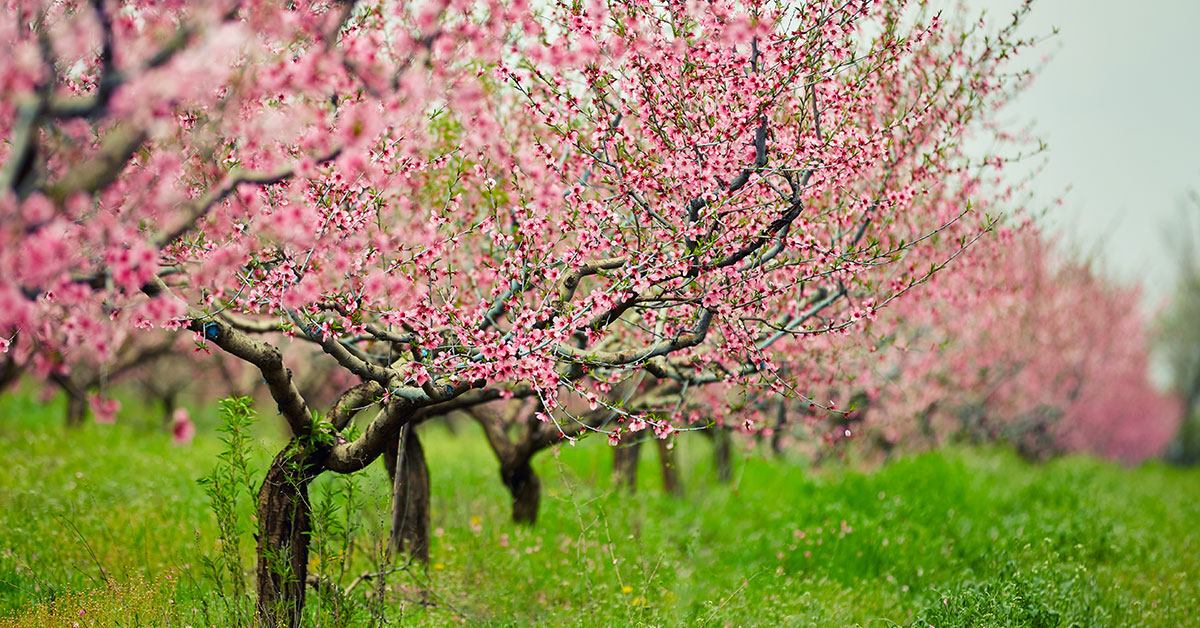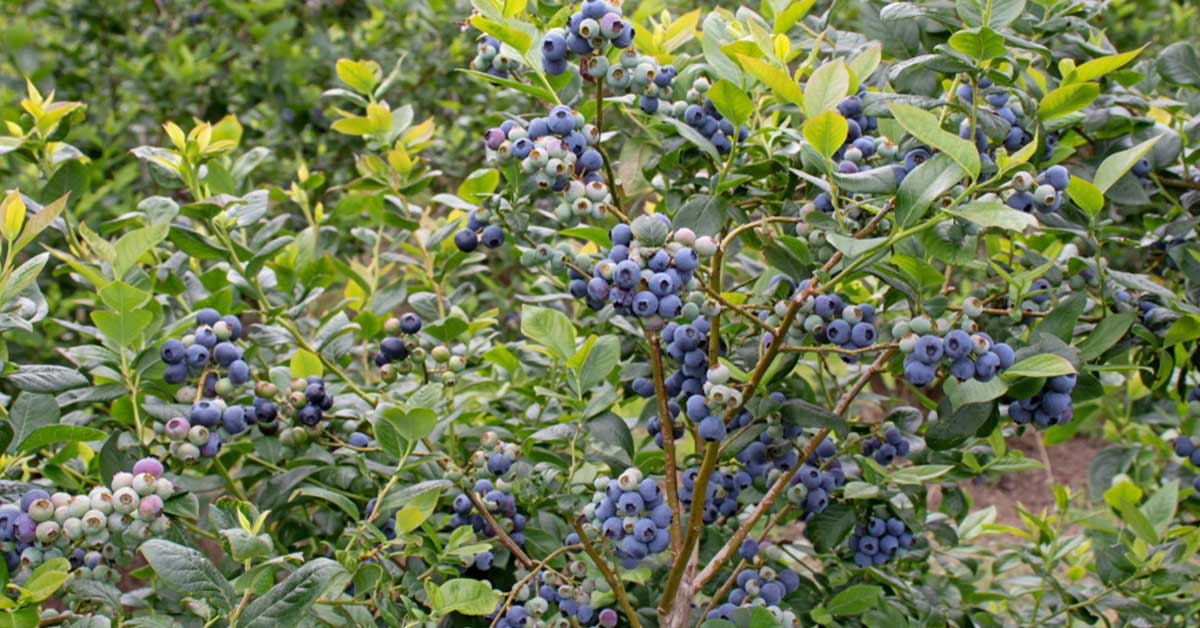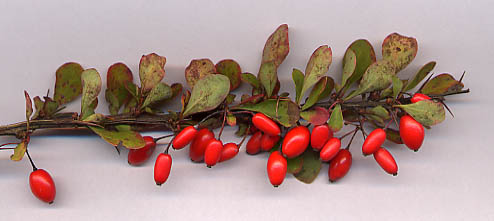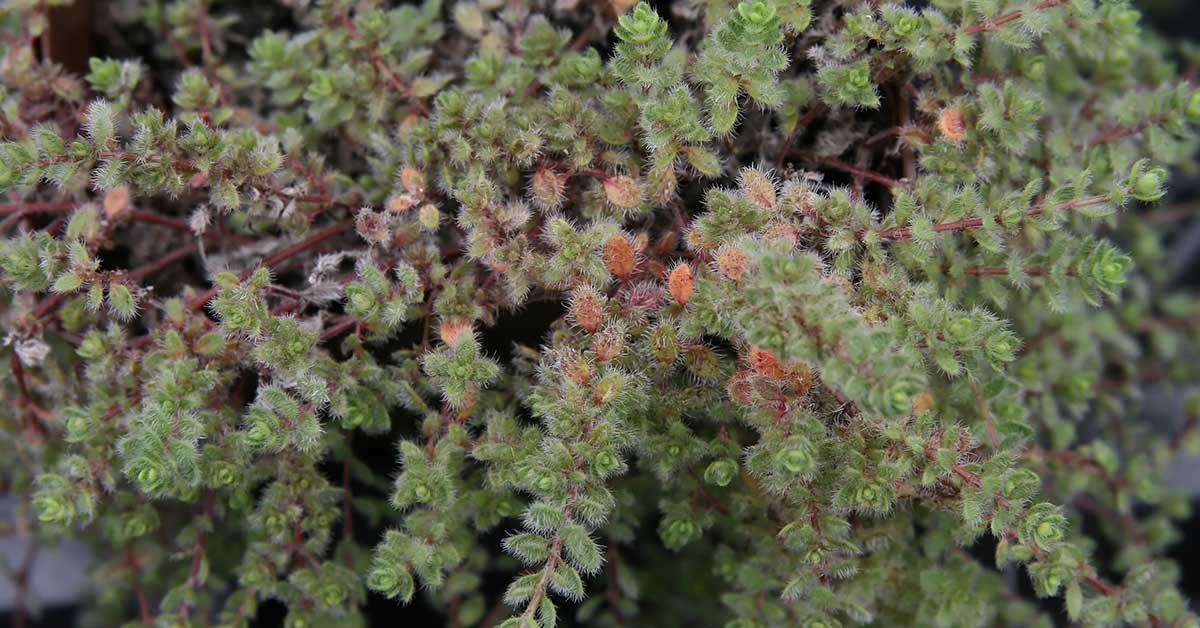If you like fresh fruit, living in USDA hardiness zone 8 puts you at a pretty big advantage: there are a number of fruit trees that grow in zone 8 that you can plant today! Growing fruit trees in USDA hardiness zone 8 offers several advantages.
Zone 8 enjoys a moderate climate with relatively mild winters and warm summers, which can promote good fruit production and tree health. The longer growing season in zone 8 provides ample time for fruit trees to mature and produce fruit. This can lead to higher yields compared to regions with shorter growing seasons.
Fruit trees in zone 8 are also a lot less likely to be damaged by severe winter frosts compared to colder zones. This can help to ensure consistent fruit production and reduce the need for extensive frost protection measures.
Fruit trees that grow in zone 8
USDA hardiness zone 8 has an average minimum winter temperature of 10 to 20°F (-12 to -7°C). Many fruit trees can grow well in this zone, including:
- Apple (Malus domestica) – Most cultivars are suitable for zone 8.
- Pear (Pyrus spp.) – Many European and Asian pear varieties grow well in zone 8.
- Peach (Prunus persica) – Most peach varieties can be grown in zone 8.
- Nectarine (Prunus persica var. nucipersica) – Similar to peaches, nectarines can be grown in zone 8.
- Plum (Prunus domestica) – Both European and Japanese plums can be grown in this zone.
- Cherry (Prunus avium, Prunus cerasus) – Sweet and sour cherry varieties can be grown in zone 8.
- Apricot (Prunus armeniaca) – Some apricot varieties can be grown in zone 8, though they may require specific conditions.
- Fig (Ficus carica) – Most fig varieties can be grown in zone 8.
- Pomegranate (Punica granatum) – Pomegranates can be grown in zone 8, especially in warmer parts.
- Persimmon (Diospyros spp.) – Both American and Asian persimmon varieties can be grown in zone 8.
- Loquat (Eriobotrya japonica) – Loquat trees grow well in zone 8.
- Olive (Olea europaea) – Some cold-hardy olive varieties can be grown in zone 8.
- Citrus (Citrus spp.) – Some cold-hardy citrus varieties, such as Satsuma mandarins, kumquats, and Meyer lemons, can be grown in zone 8.
It’s important to note that local conditions, such as soil type, drainage, and microclimate, can affect the success of fruit trees. Therefore, it’s always a good idea to consult with a local nursery or extension service for recommendations specific to your area.
Tips for growing fruit trees in zone 8
When growing fruit trees in USDA hardiness zone 8, it’s important to consider several factors to ensure your trees thrive and produce a bountiful harvest. Here are some tips to help you get started:
Choose the right variety: Select fruit tree varieties that are well-suited for zone 8’s climate and resistant to local pests and diseases. Consult with a local nursery or extension service for recommendations on the best varieties for your area. Also, consider self-pollinating fruit trees or ensure you have compatible pollinators for those that require cross-pollination.
Planting location: Choose a planting site that receives full sun, as most fruit trees need at least 6 to 8 hours of direct sunlight per day for optimal growth and fruit production. Ensure the location provides well-drained soil, as waterlogged soil can lead to root rot and other issues. Additionally, consider the mature size of the tree when selecting a location to avoid overcrowding and to provide adequate airflow.
Soil preparation: Before planting your fruit trees, prepare the soil by testing its pH and nutrient levels. Most fruit trees prefer slightly acidic to neutral soil, with a pH of 6.0 to 7.0. Amend the soil as needed with organic matter, such as compost or well-rotted manure, to improve drainage and fertility.
Planting and watering: Plant fruit trees during their dormant season, typically late winter to early spring, to minimize transplant shock. When planting, dig a hole large enough to accommodate the tree’s root system, and water deeply after planting to help settle the soil around the roots. During the first growing season, water your fruit trees regularly, ensuring the soil remains consistently moist but not waterlogged.
Pruning and training: Prune fruit trees regularly to maintain their shape, remove dead or damaged branches, and promote airflow. Proper pruning and training also help to maximize fruit production and prevent disease. Learn the specific pruning techniques for each type of fruit tree you grow, as methods may differ depending on the species.
Fertilization: Feed your fruit trees with a balanced fertilizer, following the recommended application rates for each type of fruit tree. Organic options, such as compost, can also be used to improve soil fertility. Avoid over-fertilizing, as this can lead to excessive vegetative growth at the expense of fruit production.
Pest and disease management: Monitor your fruit trees regularly for signs of pests and diseases. Implement integrated pest management strategies, such as using beneficial insects, traps, or barriers, to control pests without relying solely on chemical treatments. Prune and dispose of any diseased or infested plant material to prevent the spread of pathogens.
Harvesting: Harvest fruit at the appropriate stage of ripeness for each tree species. Some fruit, such as apples and pears, can be harvested slightly underripe and allowed to ripen off the tree. Others, like peaches and plums, should be picked when fully ripe for the best flavor and texture.
By following these tips and considering your local conditions, you can successfully grow a variety of fruit trees in USDA hardiness zone 8 and enjoy the rewards of homegrown fruit.




